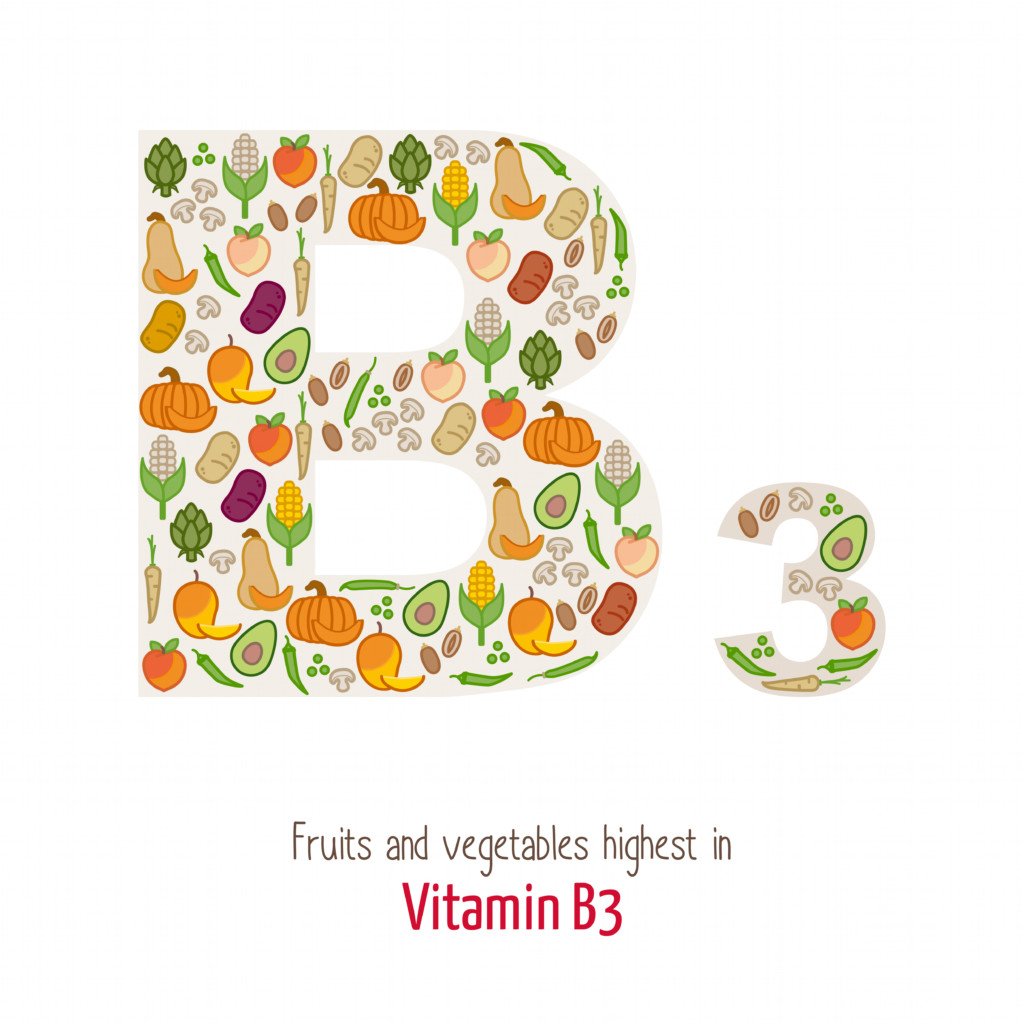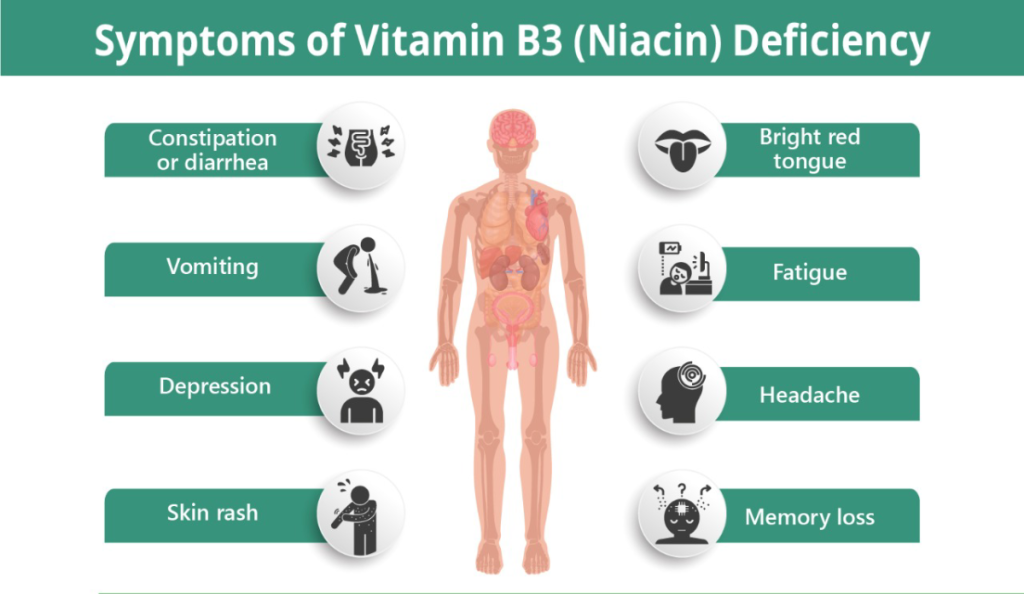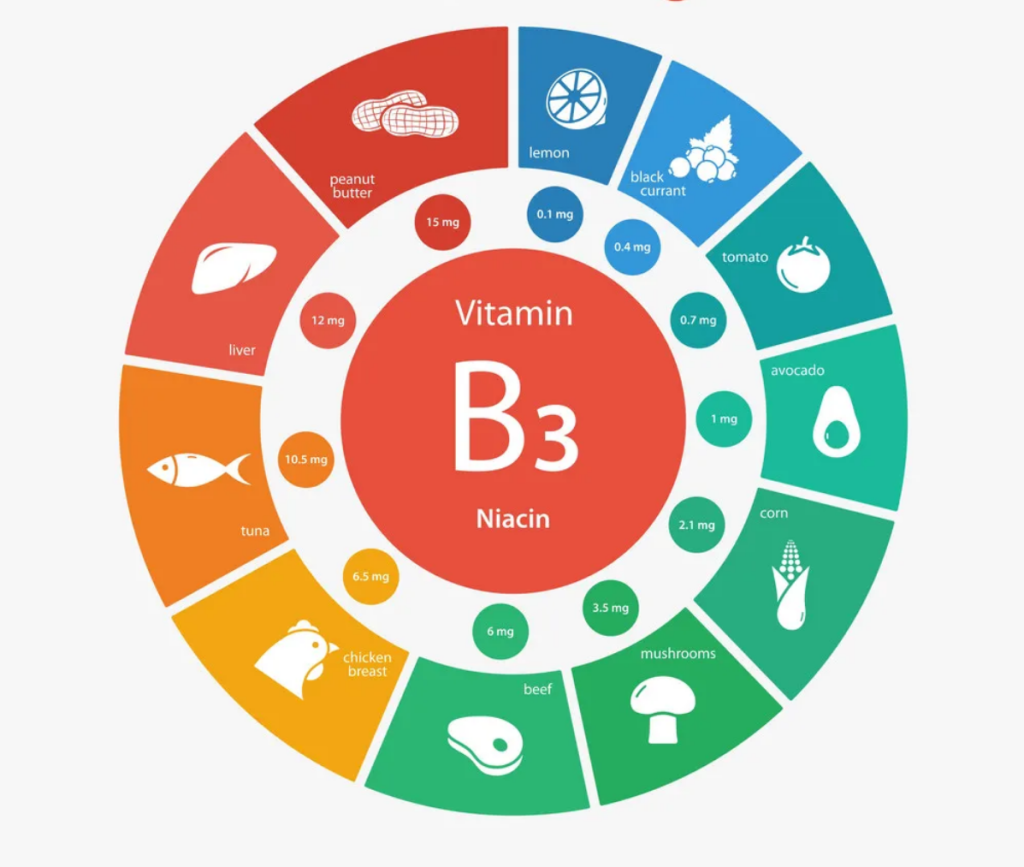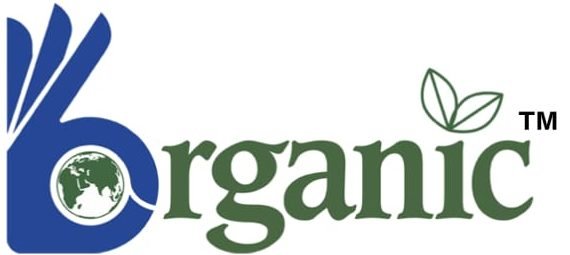*Milkymushrooms : 100g provides 10mg Of Niacin*

Niacin Equivalents Definition
The term “niacin equivalent” (NE) is often employed to characterize the impact of all types of niacin accessible to the body to dietary consumption. In healthy individuals, the kynurenine pathway converts less than 2%2% of nutritional tryptophan to nicotinamide adenine dinucleotide (NAD).
Overview of Niacin Equivalents

Niacin, often known as vitamin B3, is a generic word for the water-soluble chemical molecules nicotinamide (NAM) and nicotinic acid (NA), which are required to manage cellular energy metabolism, as well as communicating between these functions and all other main cell-regulatory pathways. Although animals may generate niacin from tryptophan via the kynurenine pathway in the liver, most of this vitamin comes from exogenous sources such as meat, cereals, and milk-based products. Niacin absorption in the intestine is regulated by a unique acidic pH-dependent carrier-mediated mechanism with a high affinity for the nutrient. Once in the bloodstream, NAM and NA simply diffuse across cell membranes, whereas erythrocytes and renal tubules require the use of a carrier. Congenital deformities induced by NAD+ depletion can be avoided by taking niacin throughout pregnancy. Although it is uncommon in developed nations, a lack of niacin or tryptophan can cause pellagra, a human condition marked by dermatitis, diarrhea, dementia, depression, increased sensitivity to sunlight, and sore tongue and mouth.
Dietary Sources
Since the necessary amino acid tryptophan can be converted to niacin, it is not a real vitamin. Foods with a sufficient protein content contribute significantly to total niacin equivalent intake due to the involvement of tryptophan. The term “niacin equivalent” (NE) represents the contribution to food intake of all shapes of niacin that are present in the body, including formulated niacin (which provides about half of the niacin supply in the diet) and niacin constituted from the transformation of tryptophan (60 mg of tryptophan equals 1 mg of niacin).

The plants and animal foods contain niacin. Red lean meat, chicken, and liver have significant quantities of niacin and tryptophan and are key sources of vitamins along with legumes. Peanut butter is a very good niacin source. Niacin is not present in cheese and eggs in a preformed state. These dietary sources, however, contain tryptophan, which is converted to niacin via the kynurenine pathway. The amount of fruit and vegetables depends on the dietary intake, which is useful.
Niacin Deficiency

Severe niacin deficiency contributes to pellagra, a condition that is characterized by pigmented rash or brown discoloration of the skin exposed to sunshine. Furthermore, pellagra can induce bright red tongue and digestive system abnormalities, which might contribute to vomiting, constipation, or diarrhea. The neurological manifestations of pellagra can comprise depressions, apathy, headache, tiredness, and loss of remembrance, leading to violent, paranoid, and suicidal behaviors. Anorexia worsens, and eventually, the affected person dies as pellagra worsens. In industrial communities, pellagra is uncommon and is mostly restricted to poor people, such as refugees and displaced persons, who consume relatively limited niacin and protein diets. Although pellagra-causing niacin deficits are exceedingly rare in the United States, some persons have a borderline or low niacin status.
Health Benefits :

1. Improves blood fat levels
Niacin may help to improve your blood fat levels by:
- increasing your HDL (good) cholesterol
- reducing your LDL (bad) LDL cholesterol
- reducing your triglyceride levels
This may translate to a decrease in heart disease risk, although several studies have found no link between niacin supplementation and a decrease in heart disease risk or deaths.
It also takes high doses of niacin, typically 1,500 mg or greater, to achieve blood fat level improvements, which increases the risk of experiencing unpleasant or potentially harmful side effects.
For these reasons, niacin is not a primary treatment for high cholesterol. It’s primarily used to help improve blood fat levels in people who cannot tolerate statin drugs.
2. May reduce blood pressure
One role of niacin is to release prostaglandins, or chemicals that help your blood vessels widen — improving blood flow and reducing blood pressure. For this reason, niacin may play a role in the prevention or treatment of high blood pressure.
In one observational study of over 12,000 adults, researchers found that each 1 mg increase in daily niacin intake was associated with a 2% decrease in high blood pressure risk — with the lowest overall high blood pressure risk seen at a daily niacin intake of 14.3 to 16.7 mg per day.
A high quality study also noted that single doses of 100 mg and 500 mg of niacin slightly reduced right ventricular systolic pressure.
However, more research is needed to confirm these effects.
3. May help treat type 1 diabetes
Type 1 diabetes is an autoimmune disease in which your body attacks and destroys insulin-creating cells in your pancreas.
There’s research to suggest that niacin could help protect those cells and possibly even lower the risk of type 1 diabetes in children who have a higher chance of developing this condition.
However, for people with type 2 diabetes, the role of niacin is more complicated.
On one hand, it can help lower the high cholesterol levels that are often seen in people with type 2 diabetes. On the other, it has the potential to increase blood sugar levels. As a result, people with diabetes who take niacin to treat high cholesterol also need to monitor their blood sugar carefully.
Fortunately, a more recent review of studies found that niacin did not have significant negative effects on blood sugar management in people with type 2 diabetes.
4. Boosts brain function
Your brain needs niacin — as a part of the coenzymes NAD and NADP — to get energy and function properly.
In fact, brain fog and even psychiatric symptoms are associated with niacin deficiency.
Some types of schizophrenia can be treated with niacin, as it helps undo damage to brain cells that’s caused by a niacin deficiency.
Preliminary research shows that it could also help keep the brain healthy in cases of Alzheimer’s disease. However, results are mixed.
5. Improves skin health
Niacin helps protects skin cells from sun damage, whether it’s used orally or applied as a lotion.
It may help prevent certain types of skin cancer as well. One high quality study in over 300 people at high risk of skin cancer found that taking 500 mg of nicotinamide twice daily reduced rates of nonmelanoma skin cancer compared to a control.

How much do you need?
The Recommended Daily Allowance (RDA) for niacin depends on your age and gender. For ages 7 months and older, it is expressed as mg niacin equivalents (NE). One NE is equal to 1 mg of niacin or 60 mg of tryptophan.
Infants
- 0–6 months: 2 mg/day*
- 7–12 months: 4 mg NE/day*
*These figures represent the Adequate Intake (AI), similar to RDA, but it relies more on observation and approximations of healthy populations and less on scientific evidence.
Children
- 1–3 years: 6 mg NE/day.
- 4–8 years: 8 mg NE/day.
- 9–13 years: 12 mg NE/day.
Adolescents and adults
- Men ages 14 years and older: 16 mg NE/day.
- Women ages 14 years and older: 14 mg NE/day.
- Pregnant women: 18 mg NE/day.
- Breastfeeding women: 17 mg NE/day.
